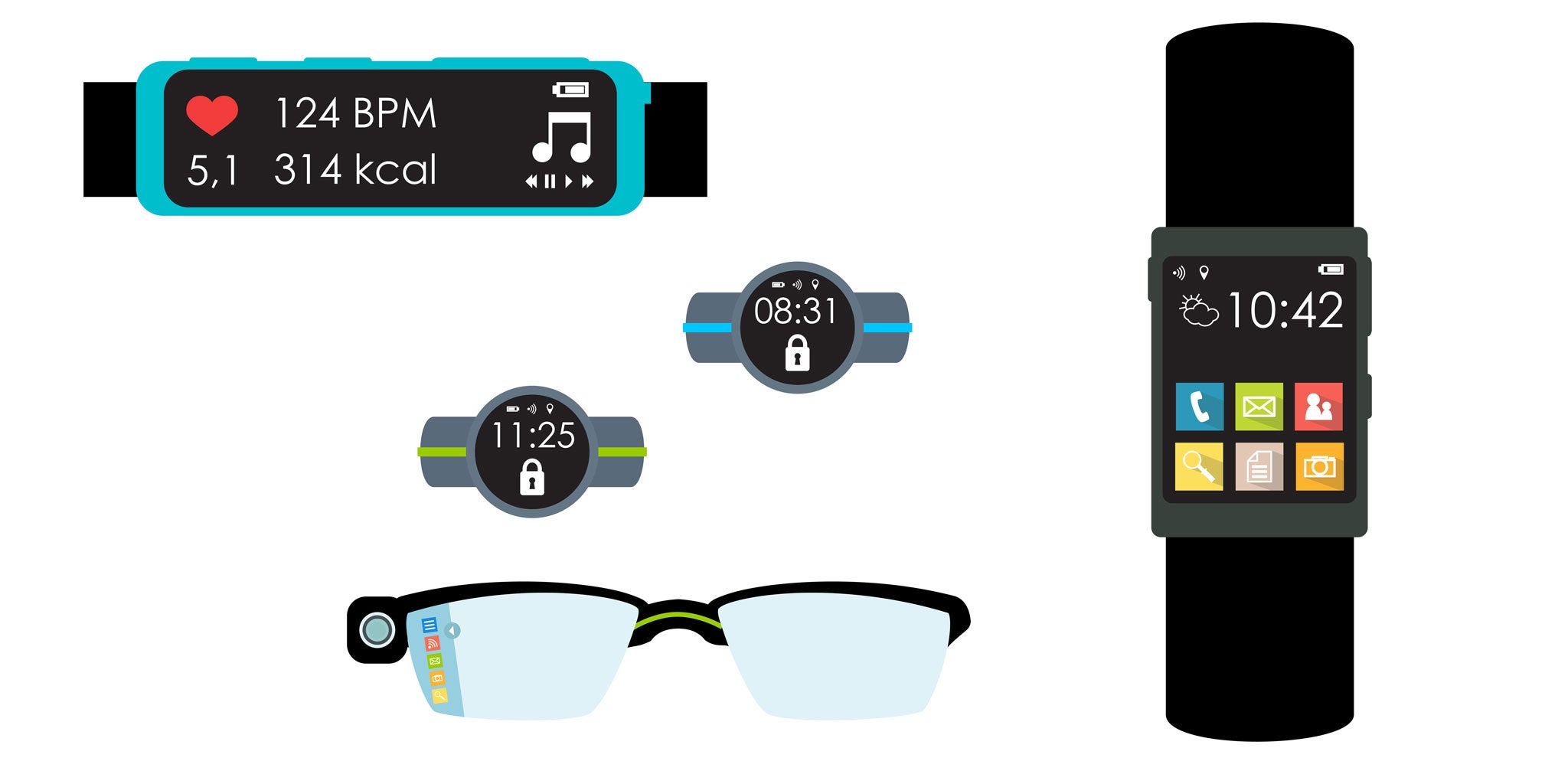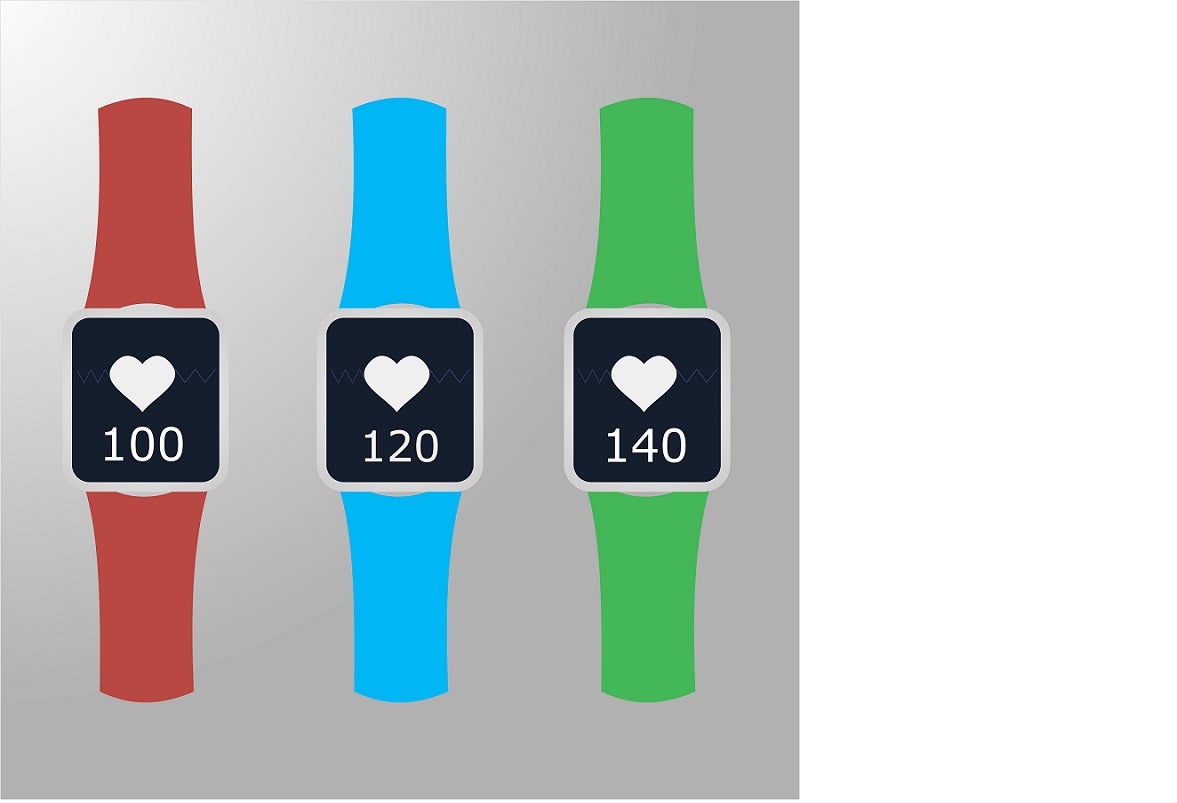Uncategorized
Adaptive Designs Cut Costs and Improve Efficiency
The adoption rate of adaptive clinical trial designs will increase dramatically in the coming years. Read More

Hearables, Wristables and Eyewearables!
In Christian Stammel’s NYAS talk about wearable tech’s impact on the healthcare market, he gave an overview of the wearables market as well as his take on what’s coming next. Read More

Data Mining as a Path to Better Trial Design
The prospects of Big Data are tantalizing for the life sciences industry, but there’s still much left to do with small data. Read More

Back to the 1980s…Of Clinical Research
Part one of a two-part series about the perceived challenges of introducing tech in clinical research as well as the groundbreaking opportunities for tech in the field. Read More

Does Accuracy Really Matter for mHealth Wearable Devices?
Lately there’s been questions about the accuracy of mHealth wearable devices. Read More

Taking ePRO to New Places – Replacing Paper
Traditional ePRO solutions can actually demonstrate a positive return on investment (ROI) versus paper for trials with large volumes of assessments. Read More

Professional Patients and Deception in Clinical Research Trials
If your trials rely on research participants with a track record of taking part in a number of clinical trials, it might be worth taking a second look and examining them a bit closer. Read More

How Do iComply? A Look at Regulatory Topics Surrounding the Use of mHealth Technology in Clinical Trials
The mHealth landscape is expanding with over 97,000 apps (mobile applications) as of 2013. Read More

The Future of Clinical Trial Design Is Here in the Lung-MAP Clinical Trials
We recently caught up with James Moon, a biostatistician at the Fred Hutchinson Cancer Research Center. Read More
Five Considerations For Wearable Devices In Clinical Trials
Wearable devices receive plenty of attention in the consumer setting, and they are now receiving increased consideration in the clinical setting as well. Read More
